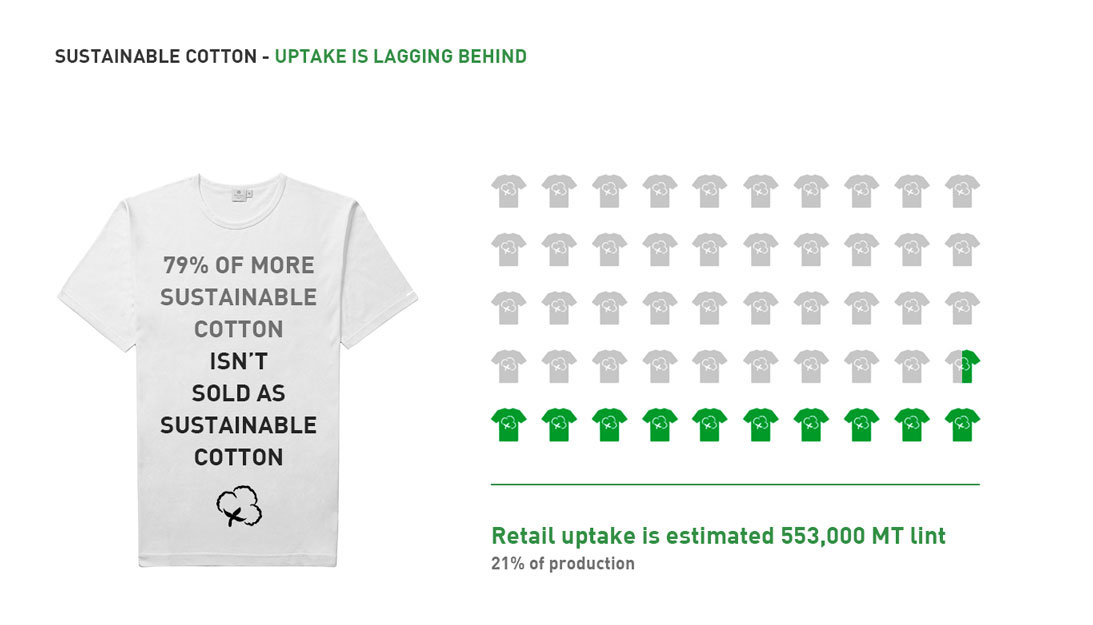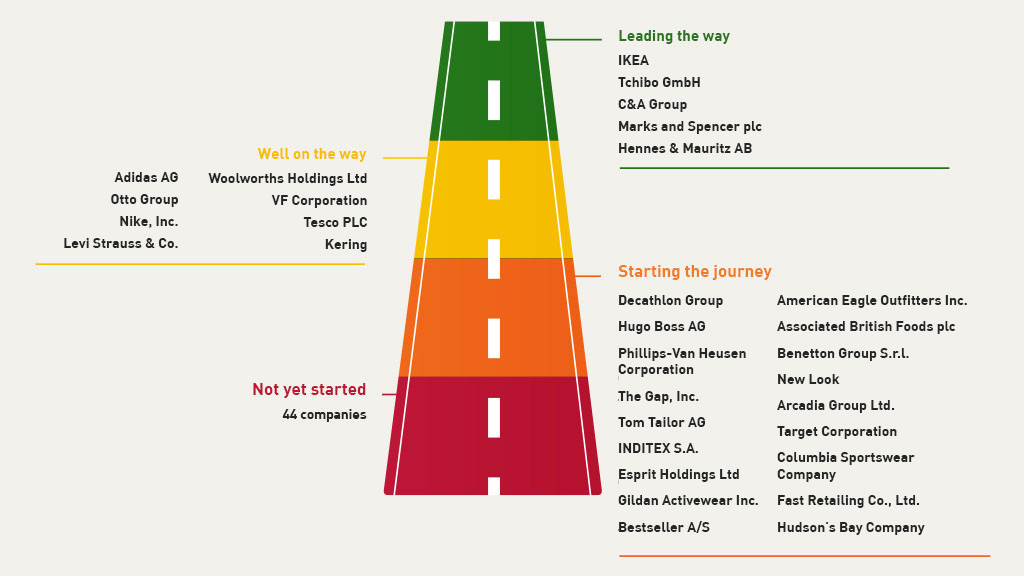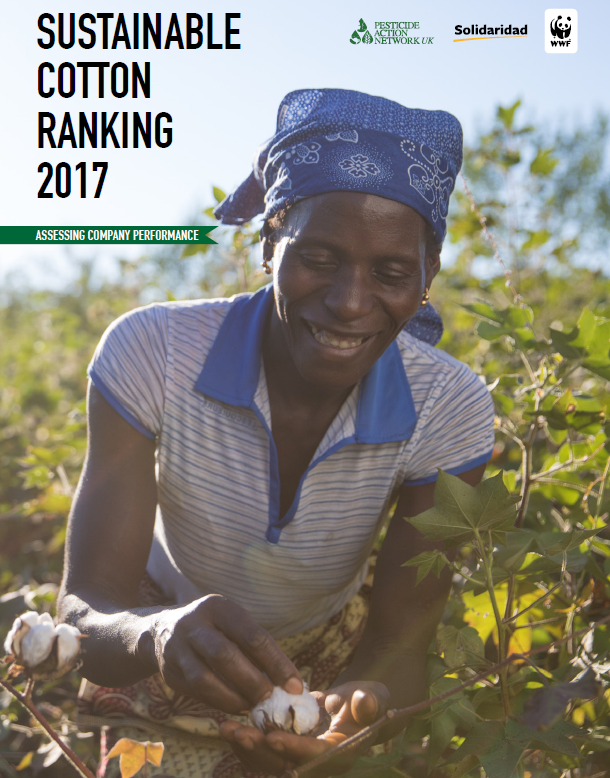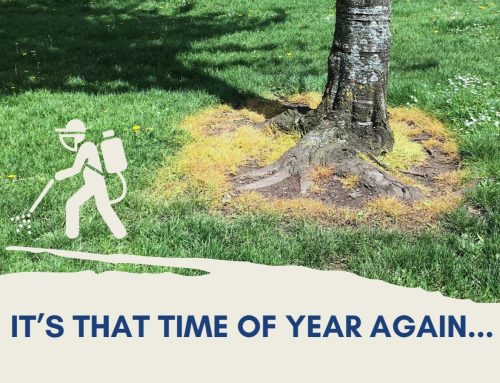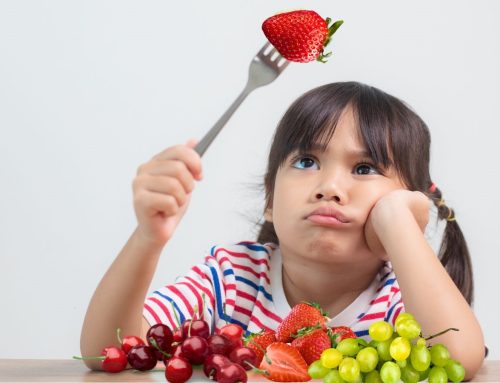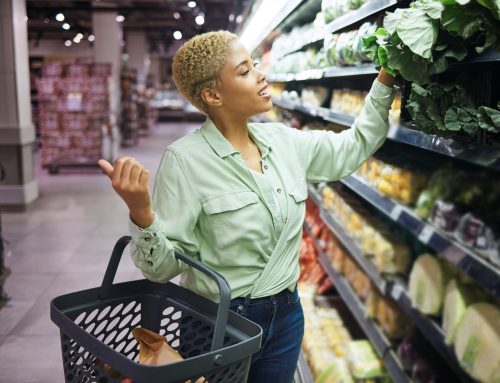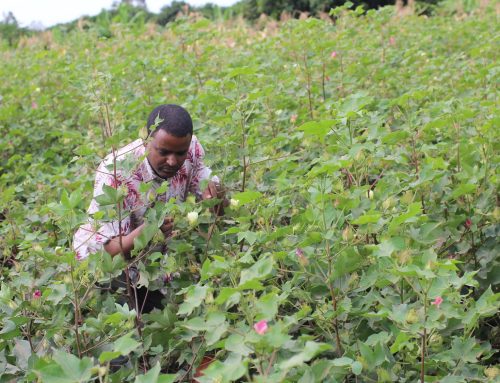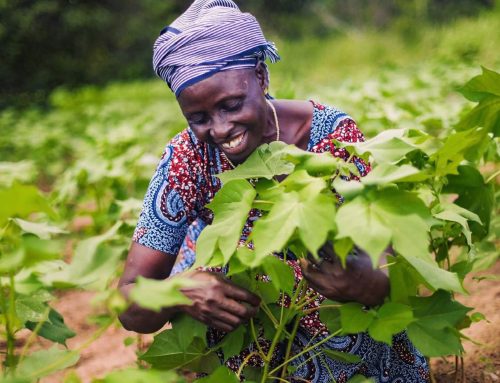A report by PAN UK, Solidaridad and WWF
Leading brands improve performance on sustainable cotton but many still fall short
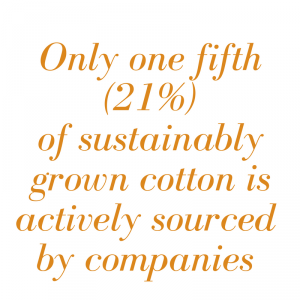
Used in hundreds of everyday items, cotton is a vital cash crop for around 100 million households in 80 countries. However, conventional production of cotton is characterised by environmental, social and economic challenges such as excessive water and pesticide use, child labour and farmer debt.
While cotton produced through sustainable practices is expected to make up 15% of global supply for the 2016/17 season and 20% in 2017/18, up from 12% in 2015/16, only just over a fifth (21%) of this is actually sourced by companies as sustainable. The rest is sold as conventional cotton with brands and retailers citing low consumer demand, complexity of supply chains and additional cost as blocks to sourcing.
Cotton Ranking 2017
PAN UK, Solidaridad and WWF have commissioned a report in order to highlight opportunities for companies to accelerate transformation of the cotton market to sustainability through sourcing. Assessing the performance of 75 of the largest cotton-using companies, up from 37 in 2016, and including several of the largest in emerging markets in Brazil, China, India and South Africa, the research suggests sustainability efforts are driven by five companies ‘leading the way’ who score 50-100 points.
Leading the way
Leading international retailers C&A, H&M, M&S and Tchibo GmbH have joined IKEA as ‘frontrunners’ in 2017’s Sustainable Cotton Ranking (sustainablecottonranking.org), but overall, big brand progress on cotton sustainability is insufficient.
A further eight companies are ranked as ‘well on the way’, scoring 25-50 points, and 18 more as ‘starting the journey’, scoring 5-25 points, with the remaining 44 scoring less than 5 points.
Proportionately more companies have sourcing commitments compared to 2016 but only 11 have time-bound targets to source 100% sustainable cotton by 2020 or earlier and overall uptake of sustainable cotton remains relatively low.
Of 25 companies assessed in both 2016 and 2017, 18 improved their performance with most increasing their sourcing of more sustainable cotton. The top five companies from 2016 (IKEA, C&A, H&M, Adidas and Nike) all increased uptake as a percentage of total volumes used by approximately 20% in 2017, with C&A making the biggest advance and almost doubling its score.
In addition, 13 companies significantly strengthened their policies compared with 2016, with GAP Inc, IKEA and M&S making the biggest advances.
Nine companies improved traceability with Marks & Spencer, C&A and H&M all expanding their public lists of suppliers.
“There is no reason why all large companies can’t match C&A, H&M, M&S, Tchibo GmbH and IKEA on cotton sustainability”, said Richard Holland, WWF International. “There is now lots of information, experience and advice about sourcing more sustainable cotton available through credible programmes such as the Better Cotton Initiative (BCI).”
“There are still too many companies doing little or nothing about sustainable cotton”, said Isabelle Roger, Global Cotton Programme Manager, Solidaridad. “Public commitments by CEOs to sourcing are critical to sector change and making sustainable cotton the norm.”
Uptake by 2020
PAN UK, Solidaridad and WWF are calling on all companies using large volumes of cotton to set time-bound targets to source 100% sustainable cotton by 2020, progressively increase the volumes of more sustainable cotton used in their products, and report publicly on progress to stakeholders.
“Uptake of more sustainable cotton is our best chance of protecting worker health and the environment from pesticide pollution”, said Keith Tyrell, Executive Director, Pesticides Action Network UK. “Despite overall policy progress, it’s disappointing that none of the companies have adopted policies to completely eliminate highly hazardous pesticides (HHPs) in the cultivation of the cotton they use.”
